Fuji X-E3 vs X-E1 – Why would you want the newest one?
Currently, I happen to have both these cameras at home so I thought this is a good opportunity to do a small comparison – between the first and the current incarnation of Fuji’s E-series bodies.
The X-E1 came out in late 2012. It was the second Fuji X system body of them all, after the system was launched with the X-Pro1 earlier the same year. In late 2013 it was replaced by the X-E2. From then on, it took another four years until, in October 2017, the first X-E3’s hit the shelves. (Yes there was an X-E2s but that was, in fact, just an X-E2 with a substantial firmware update and a very few cosmetic changes.)
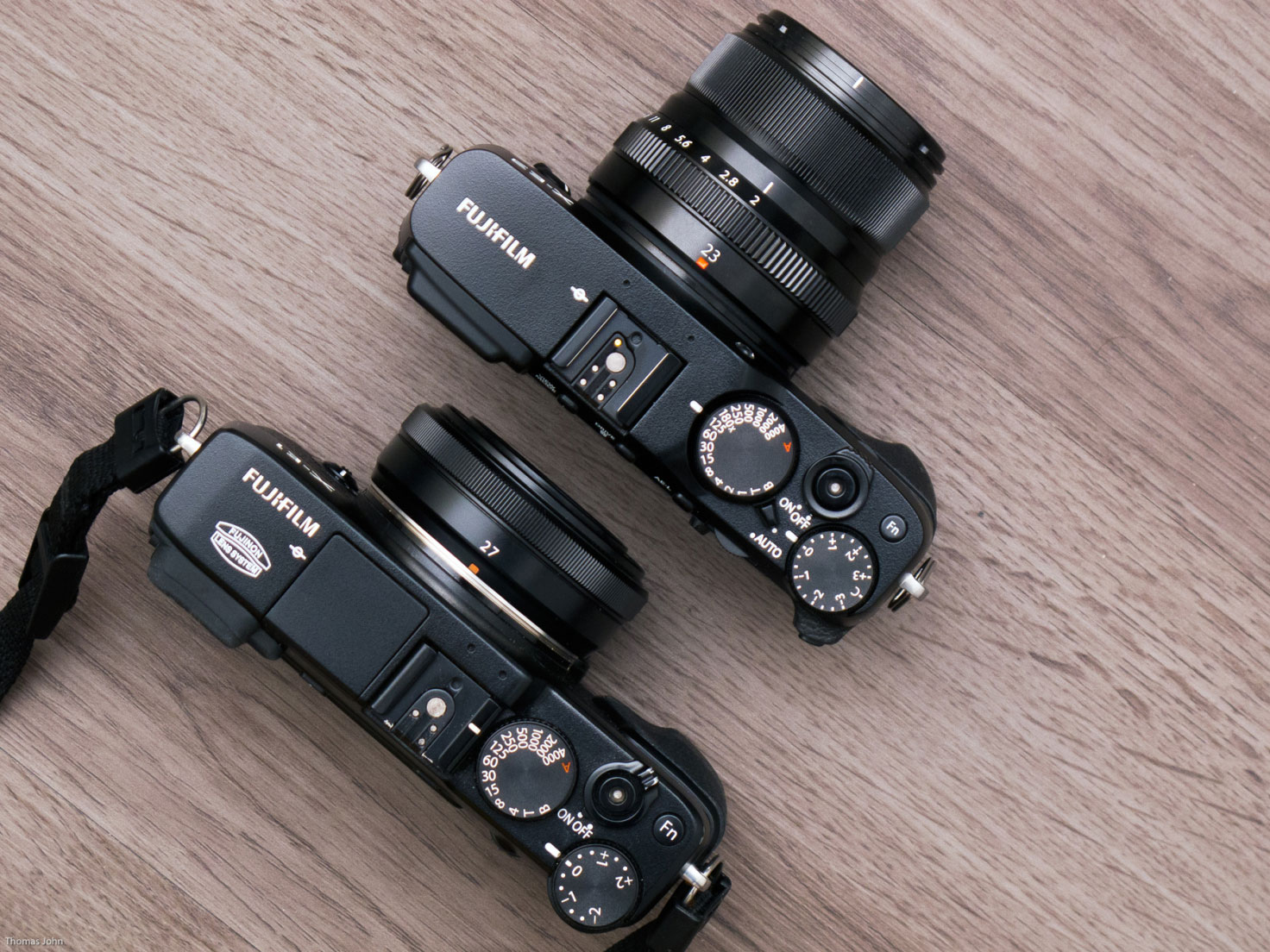
On these pictures, both bodies are seen with a lens of the same vintage – the 27/2.8 pancake is an older release from 2013 whereas the 23/2 appeared in 2017. Of course, all Fujinon X system lenses work on all Fuji X system bodies without any issue.
Today, you can pick up a Fuji X-E1 on the used market for maybe 150 or 170 Euros here in Germany, whereas the asking price for a new X-E3 is 599 Euros. That’s more than 400 Euros difference. In fact, the X-E1 currently is the cheapest Fuji body (with built-in viewfinder!) that you can get at all. The camera you see on these pictures belongs to a good friend of me who just kept it alongside his newer bodies, and I could borrow it for a couple of weeks when my newly acquired X-E3 had to be sent in for a warranty repair.
So I gained some experience now with the old X-E1. Many of my recent blog postings featured the X-E1, such as Merry Christmas 2017, Olympus PEN Zuiko lenses for Fuji: Part 1 – Introduction, Part 2 – The 38/1.8 and Part 3 – The 100/3.5. They are all a testament to the X-E1’s great image quality and overall nice handling.
Without the X-E3, I did not miss that much, or did I?
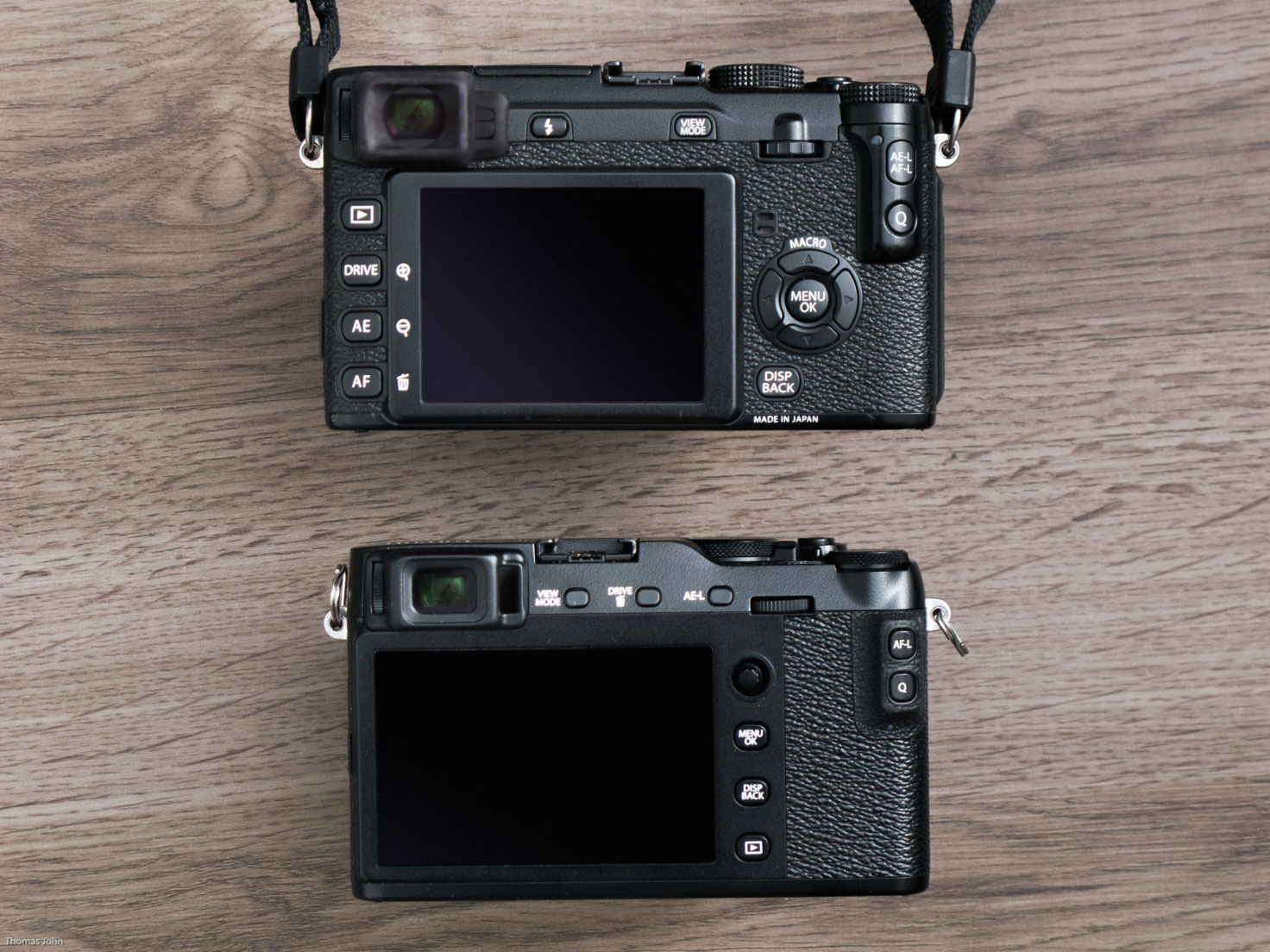
But when I picked up my X-E3, I was instantly reminded that this was the Fuji body that I felt in love with! But let’s just see what differences and what similarities the two cameras share, below.
What are the differences, performance-wise?
1. Obviously, the sensor. The Fuji X-E1 offers 16 MP, the X-E3 24 MP.
I have to say that the image quality of the X-E1 still can keep up well, but the difference in resolution can be felt if you want to print large or if you want to crop in post-production. Here I did a direct comparison shootout between the two.
2. The Fuji X-E1 does not have yet a phase-detect autofocus system.
As such, it can only measure contrast of a given scenery but has no clue how far subjects are or in which direction they move. In practice, you’ll be fine with AF-S and in daylight, if you are not a real action photographer. I never found the X-E1 really lacking here. However, don’t even dare to compare AF-C between these two bodies. No contest.
3. If you like to use manual lenses, the Fuji X-E3 makes it really easier for you.
First, it offers additional focusing aids such as Fuji’s unique digital split screen. (This is impossible on the X-E1 as it needs the sensor’s phase-detect pixels to work.) Also, the viewfinder magnifying function offers a clearer image, especially in low light conditions, and even the focus peaking feature that both bodies offer, works better with the X-E3. Your mileage might vary, but I actually find this is one of the big differences between the two bodies in practice.
4. The Fuji X-E1 struggles in really low light.
If you, for example, take night shots on a tripod. The viewfinder image gets coarse, the autofocus often does not work any more, and you can also forget to use the magnifying function to achieve focus. The X-E3 just has many more reserves here. This is not about image quality – both bodies deliver very good night shots – but more about handing and about the viewfinder image.
5. The Fuji X-E1 does not offer ISO 100 when shooting in RAW.
I know that the sensors of both cameras operate with ISO 200 as their native sensitivity, but if you want the best possible output with really clean shadows, switching to ISO 100 still can help.
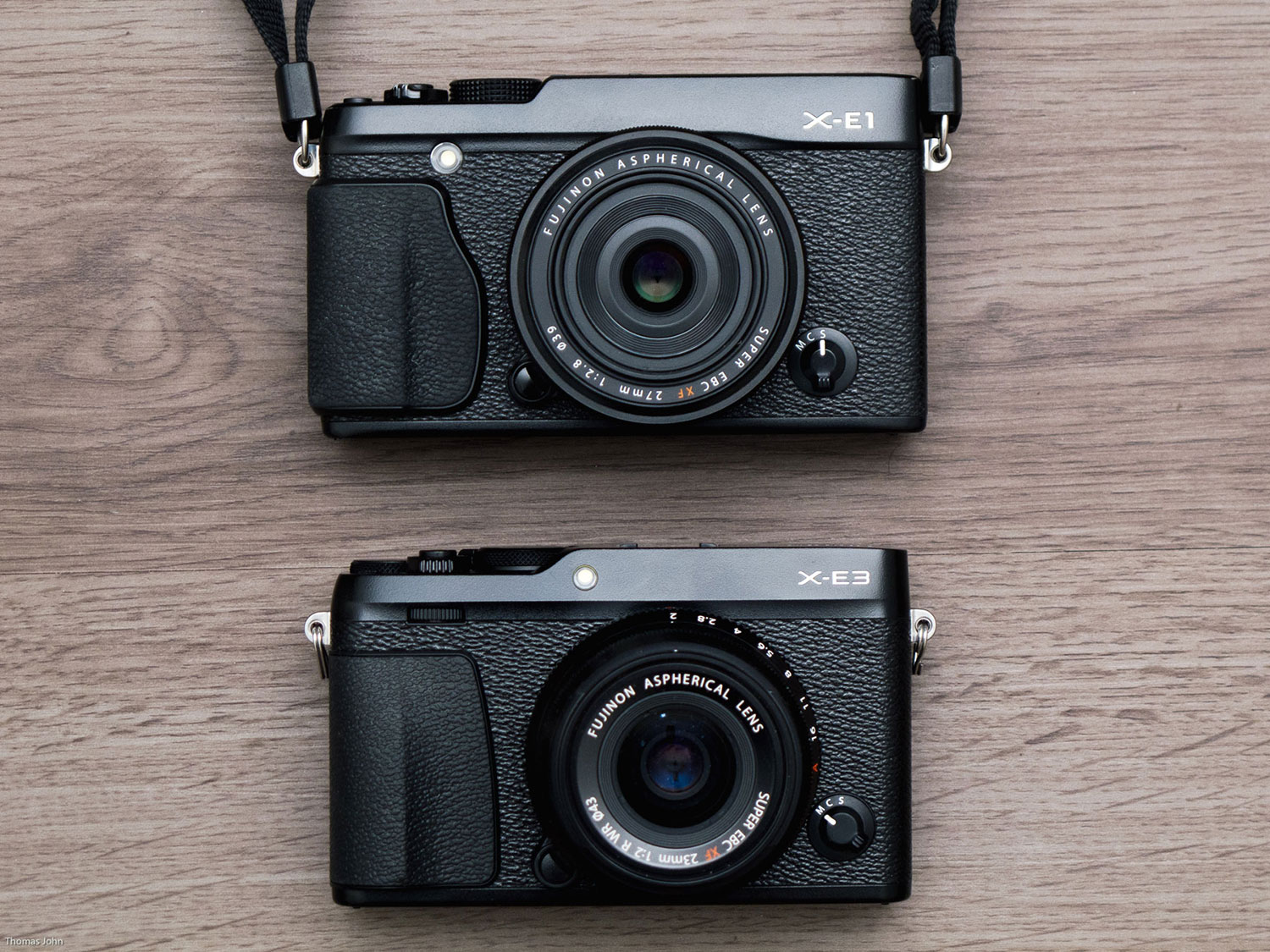
What are the differences, body-wise?
- The X-E3 is a bit smaller. See the pictures.
- The X-E3 adds a second command dial in front of the body. Also, the command dials itself are now much nicer. The one on the X-E1 looks and feels like a weird plastic cog wheel.
- The X-E3 adds the little joystick and that makes selecting the focus point a breeze. Maybe I missed a trick here on the X-E1, but there I always had to press the AF button (bottom left) first before I could adjust the focus point on the four-way controller. The X-E3 offers direct access via the joystick, no button pressing whatsoever. A huge difference for me.
- The four-way controller is gone on the X-E3, as are some more buttons. To get some functions back that were previously on these buttons, a touch screen interface was added. For example for the selection of Fuji’s film simulation profiles. It works very well for me.
- The X-E3 has a slightly different viewfinder glass design, in practice, I did not notice much difference. Also, the size of the viewfinder image is virtually the same.
- The X-E3’s rear screen is a little bit bigger, but really not by much.
- The X-E3 omits the built-in micro flash, but that makes the top deck much cleaner in design and also frees up space on the right side where the buttons and dials are.
- The X-E3’s shutter speed dial goes to 1 second, not just 1/4 like on the X-E1. You’d maybe rarely notice but it can make a bit of a difference in handling. Of course, both bodies offer the full range down to 30 seconds if you are in automatic mode or chose to adjust shutter speed via the command dial(s).
- The X-E3’s exposure compensation dial goes from +3 to –3, with an additional C (custom) setting. The X-E1 only offers +2 to –2.
What’s the same between the two?
- The general concept of the “rangefinder-style” body remained the same.
- Overall operation feels similar, despite all the differences in detail that I listed above.
- Weight is pretty much the same in your hand, even if the numbers might vary by a few grams.
- Grabbing and holding the cameras feels very similar as well.
- Many design details, such as the threaded shutter button, on-off switch etc. remained also the same.
- Both cameras use the same type of batteries. (But only the X-E3 can be charged via USB as well, the X-E1 can’t!)
- On both cameras, the tripod mount is located at a rather bad position. It should be in line with the lens mount, but instead, it’s way too close to the battery/card compartment.
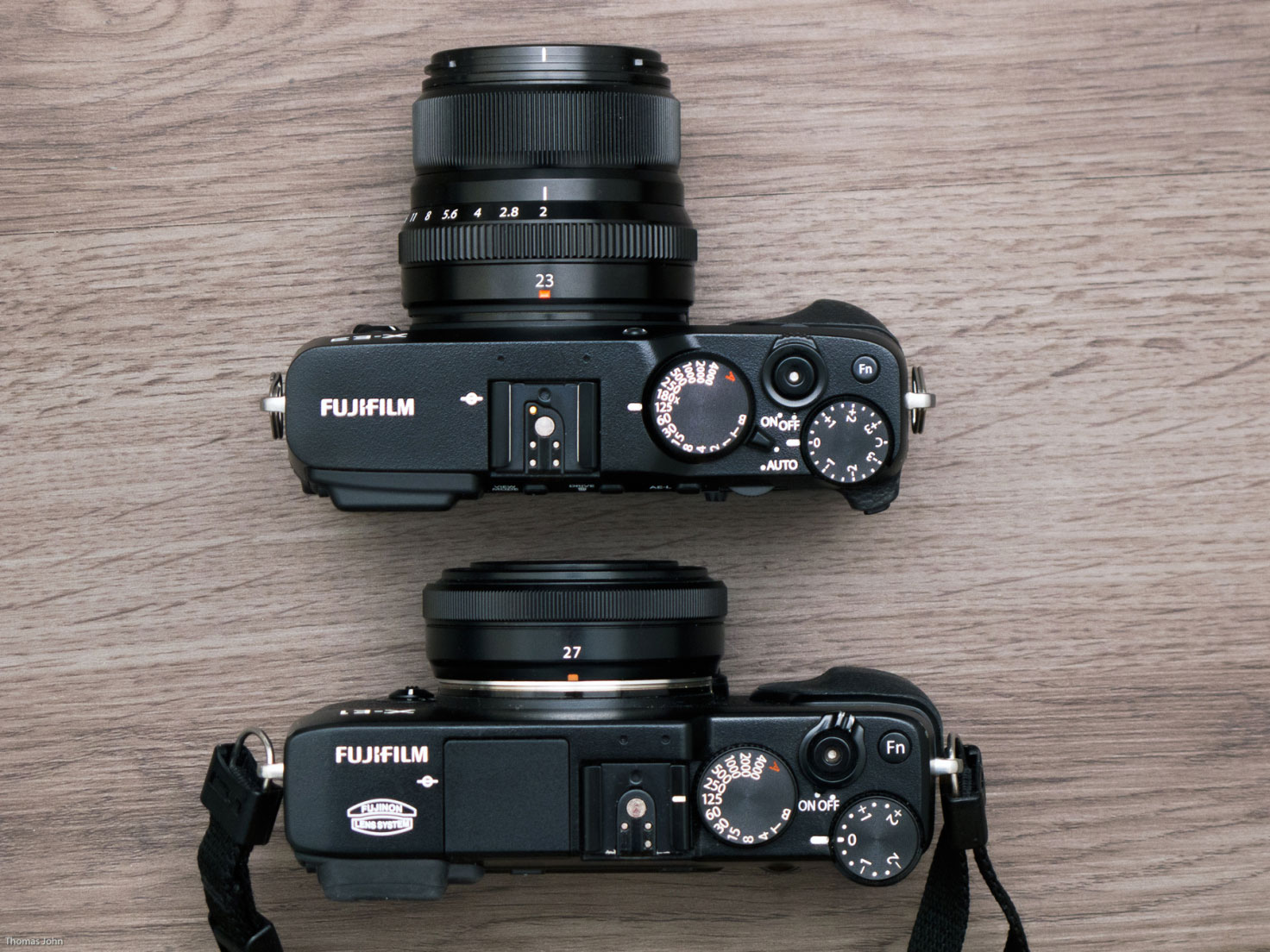
My conclusion
As you can maybe already guess by reading through this blog post, most of the differences are rather subtle. Personally, I’d rate these four points the most important for me:
- The resolution – 24 instead of 16 MP is very helpful for me.
- The cleaner design with much fewer buttons and a better layout on the top deck. The whole camera feels much more polished to me.
- The joystick makes handling the camera and selecting autofocus points so much nicer.
- I really love the digital split screen.
Are these points worth more than 400 Euros of price difference?
Truth is, you can only answer that for yourself. Even the Fuji X-E3 is not exactly “expensive” when it comes to state-of-the-art mirrorless camera bodies. Yet, the X-E1 is a real bargain. There is no arguing around that. If you want to save money and thus not get the new X-E3, I’d personally jump to the X-E1 (and not the X-E2 or X-E2s), because here you’d save the most.
Cheers,
Thomas
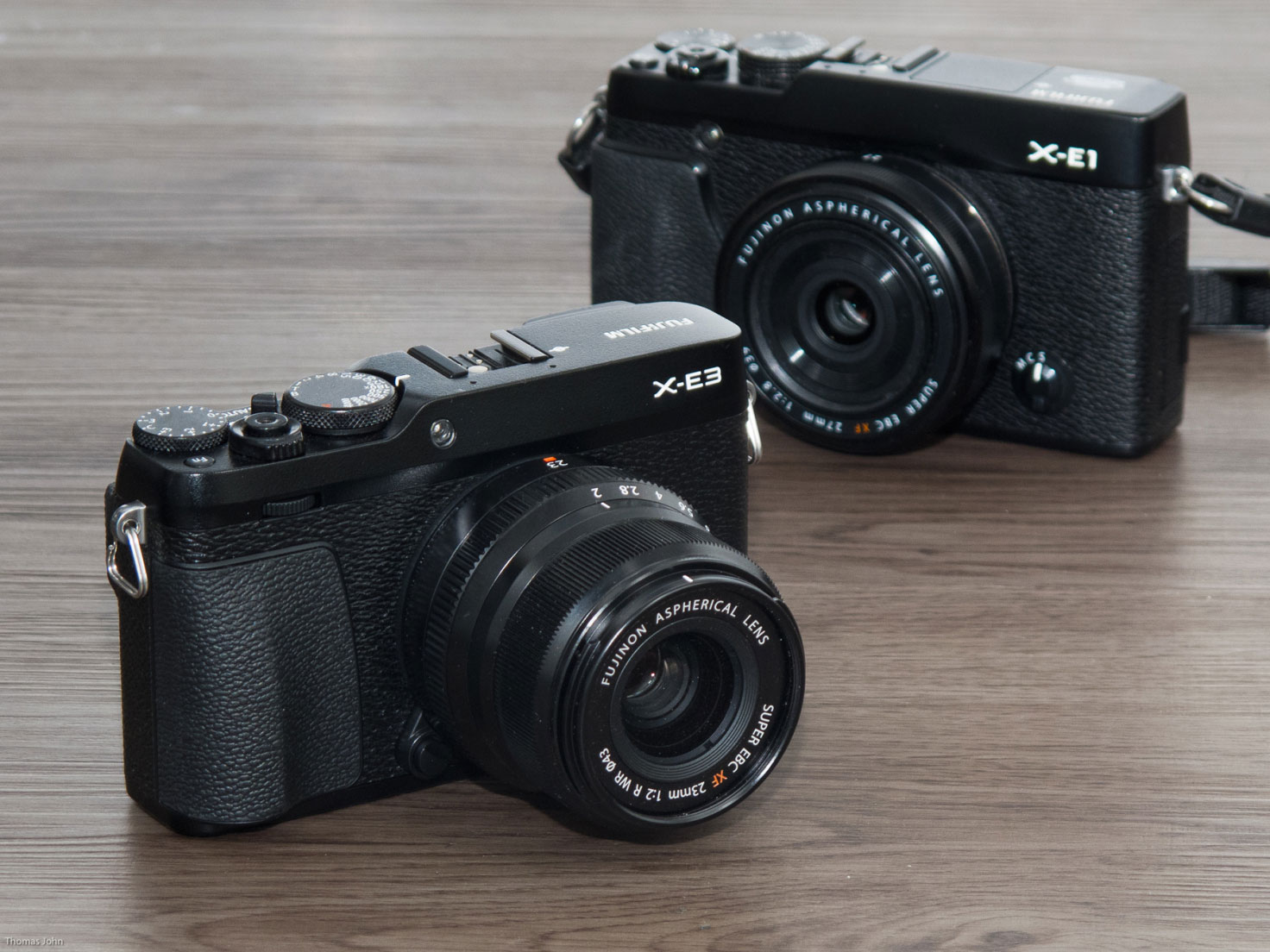
This article was originally published here: https://tomscameras.wordpress.com/2018/01/20/fuji-x-e3-vs-x-e1/

“My name is Thomas C. John. I was born in 1975 and have been crazy about photography since I am 6 years old when my older brother handed me over a Kodak pocket Instamatic camera. I’m working in content creation for websites, infotainment apps and other media and currently live in Cologne in Germany. I do photo assignments as well as dive deeply into my personal photo projects. To give back something to the great photography community out there, I recently started my own YouTube channel. Maybe I belong to the last generation that learned photography when it still was a totally analog process. So also analog still feels very natural to me and continues to be an important part of my creative work.”

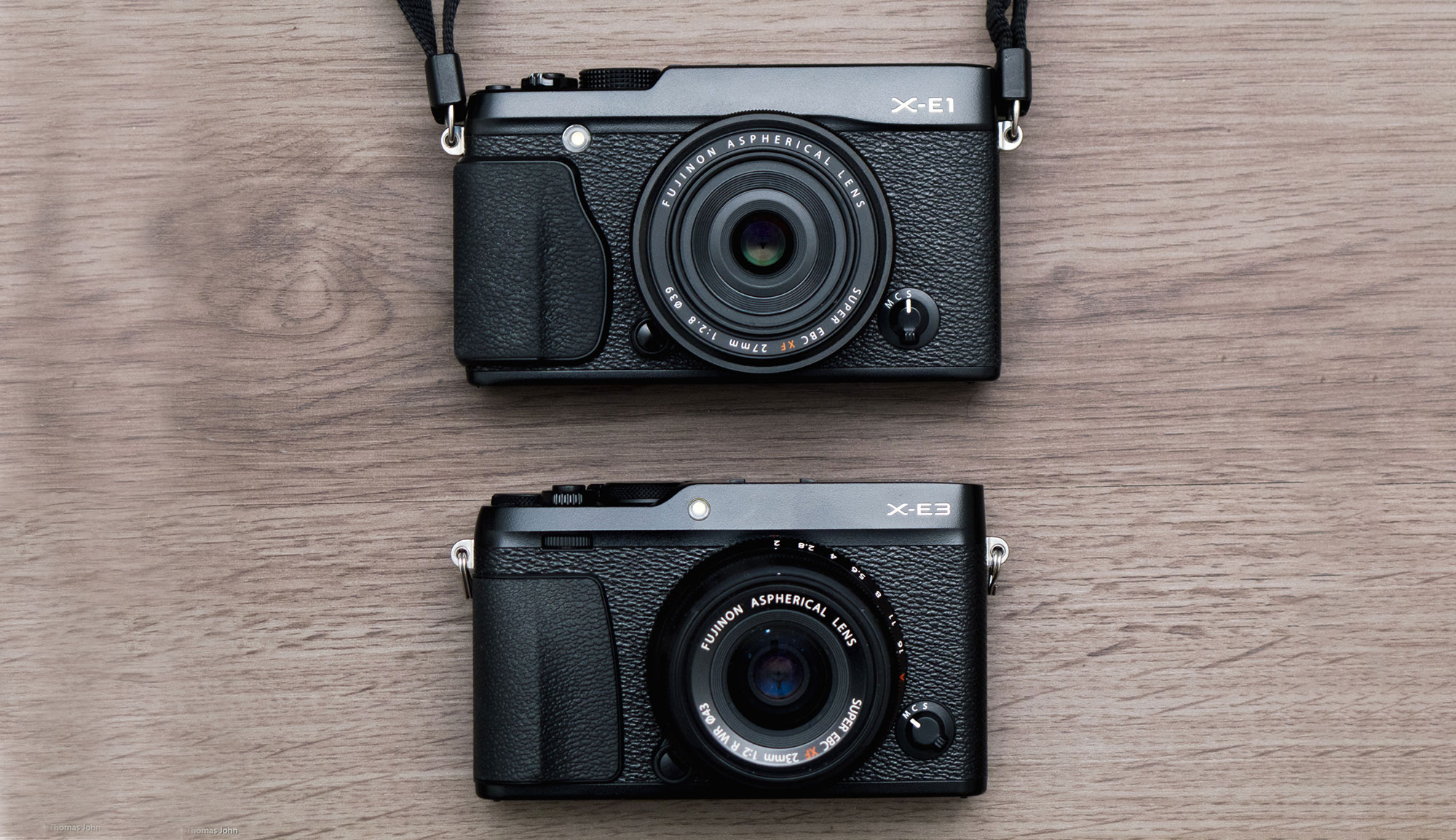
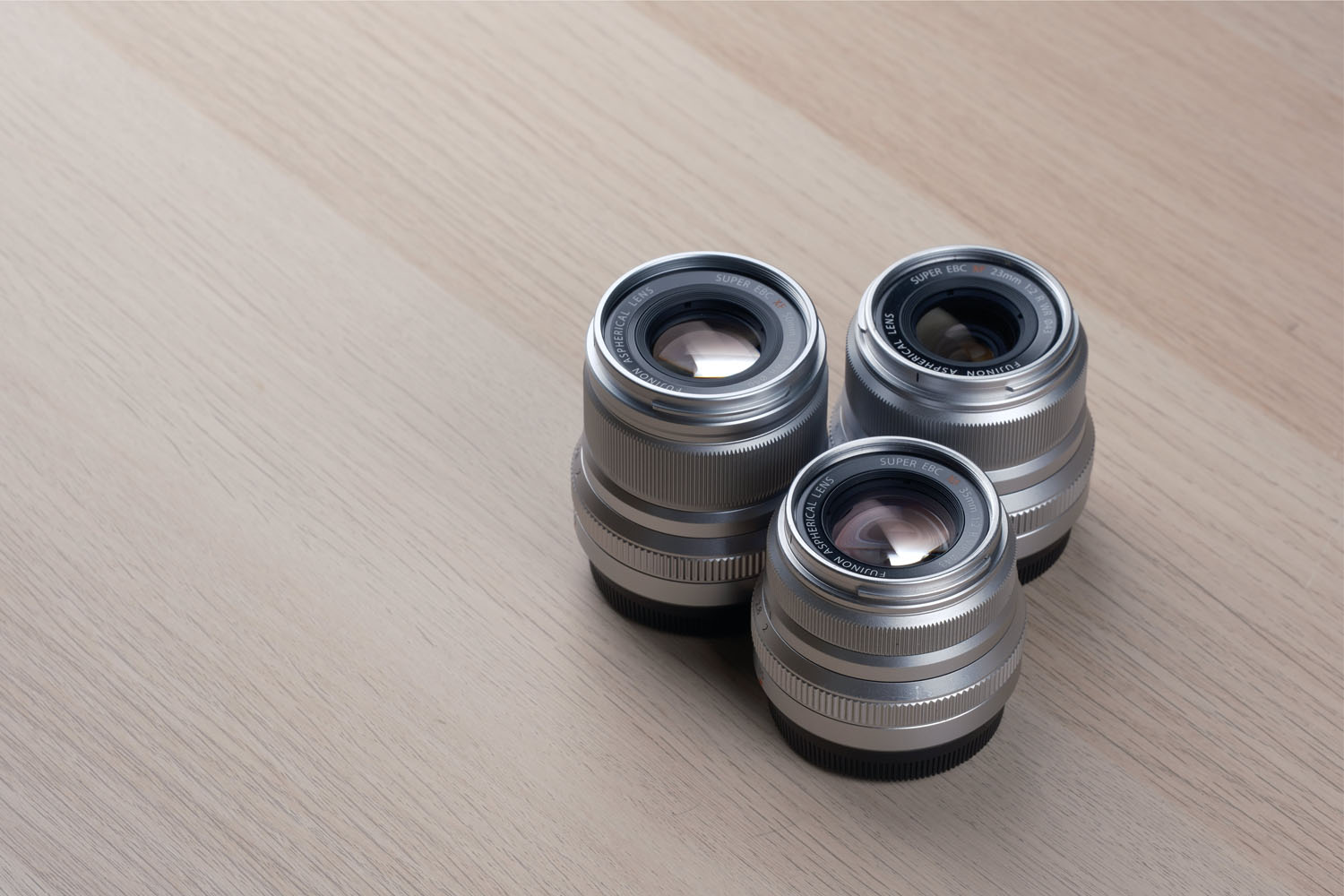
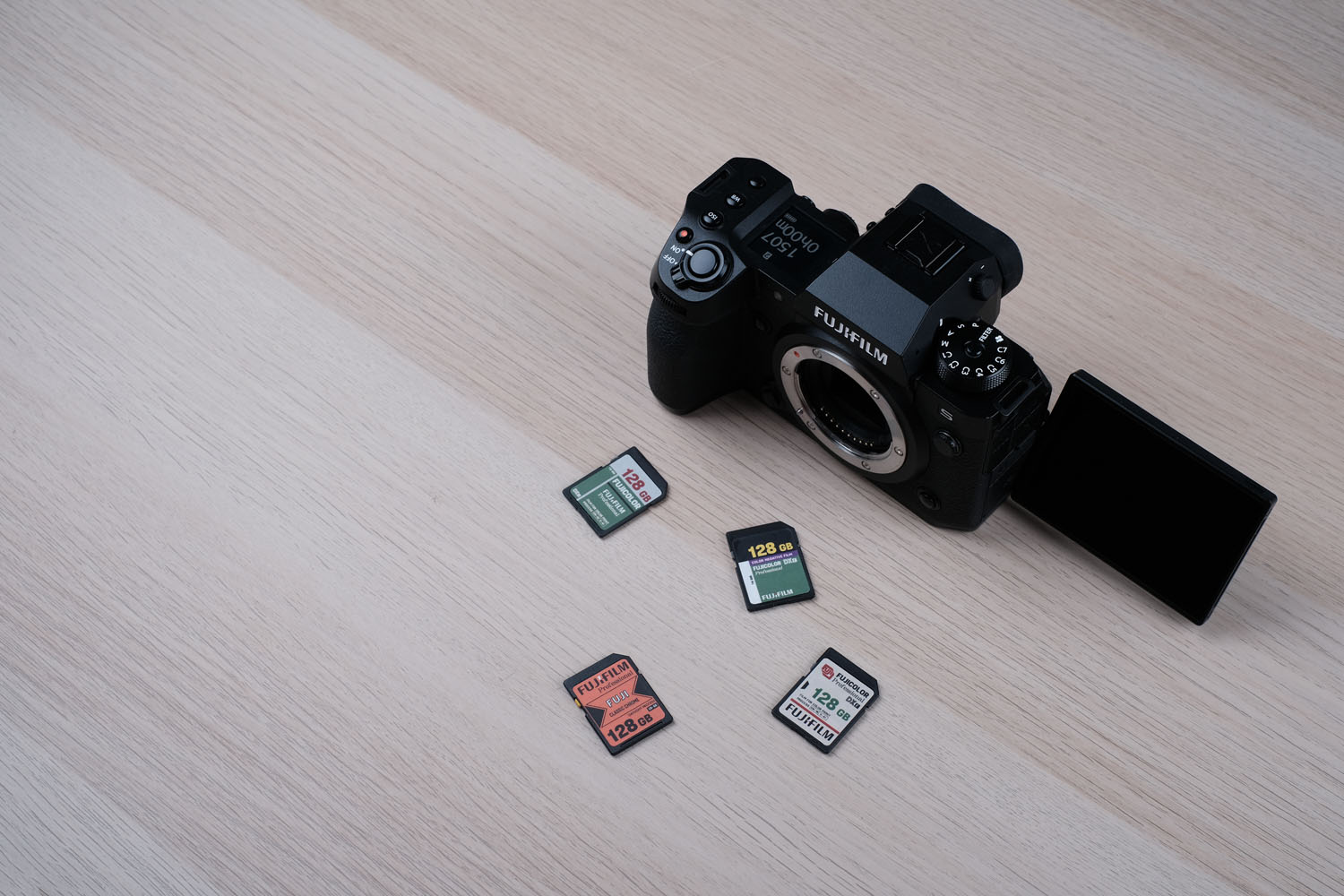
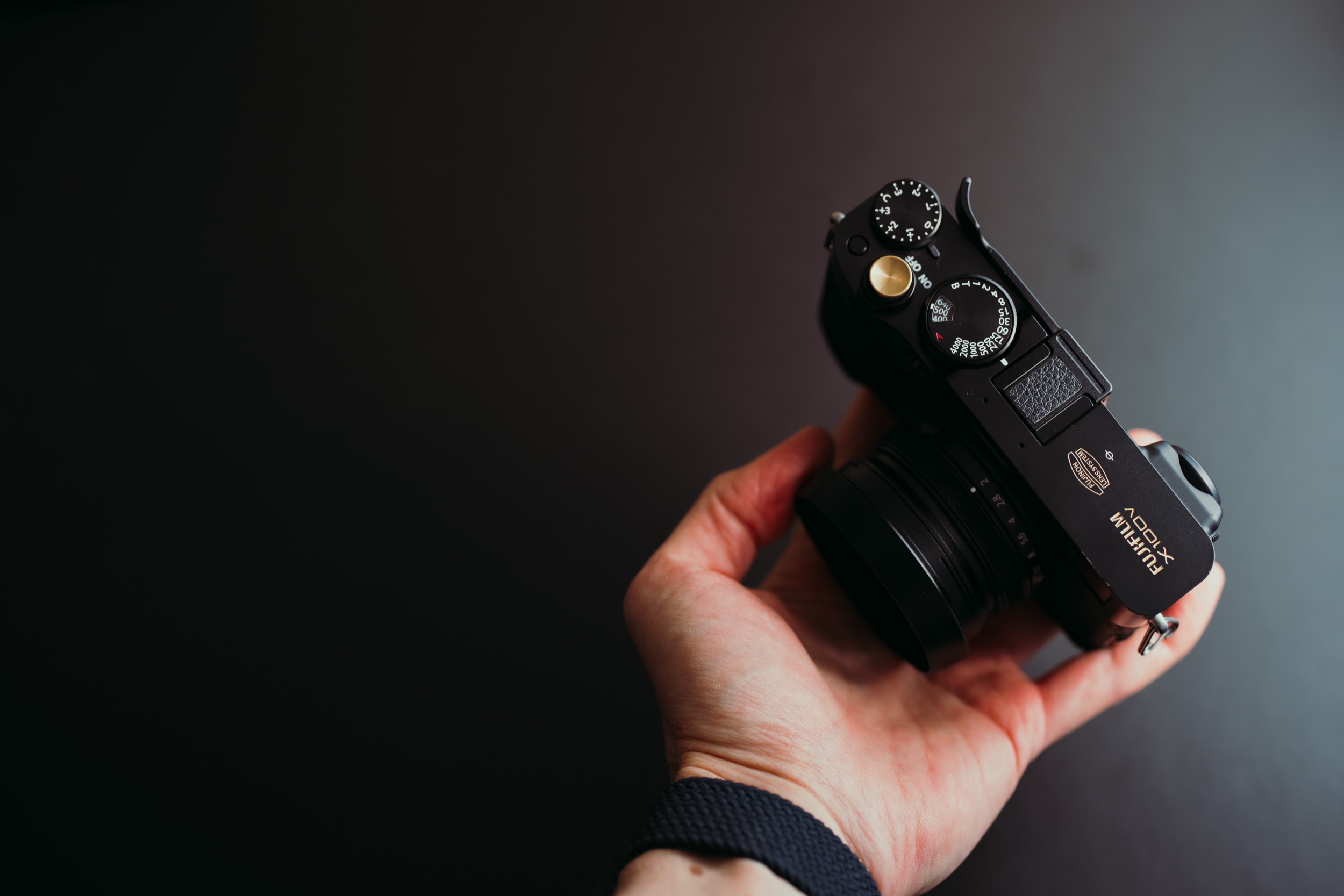
Albert Smith
July 4, 2020 @ 3:42 pm
Nice overview. One thing not mentioned is how would either of these cameras integrate into an existing Fujifilm kit?
I just bought the X-E3 for $499 USD to add into my stable of Xpro2 and X-T2 cameras. I could have jumped to the X-T30 or even the now price reduced X-T3, but I wanted identical sensors and processors among all of my cameras for continuity of output.
If Fujifilm has the best jpeg output, and I think it does, then I want to be able to set the camera in my hand to a setting that gives me the result I want and not have to factor in the generation of the camera. I set my custom film simulations up identically with a narrative that displays when scrolling through the Q menus, such as “general color”, “high contrast color”, “daylight B&W” etc… Every camera has the same setup and order for 7 different scenarios. I can expected the same great results regardless of which camera I use.
Having all the same sensors and processors in every camera is like using Kodachrome in multiple film cameras… you know what you’ll get.
FWIW, I’m glad I got the X-E3. As small as the other two are compared to my full frame Nikons, after using the X-E3 for a few outings, even the Xpro2 feels huge when I grab it.
Reiner
September 1, 2020 @ 3:41 pm
I wished there was more written about the quality of the files.
I own and shoot with an XT2, three XE2’s and two XPro1’s. Of all these Fuji cameras, the Jpeg output of the XPro1 is the most filmic of all of them, let alone other cameras from other manufacturers. And if I am not mistaken, they both have the same sensor. I guess what I am trying to convey is “output”, later generations have a more digital look vs the earlier XTrans sensor.
You wrote all about the technical aspects, but not the “soul” of the camera, its ouput.